Marie Thérèse Hermand de Arango & The Popular Art Museum
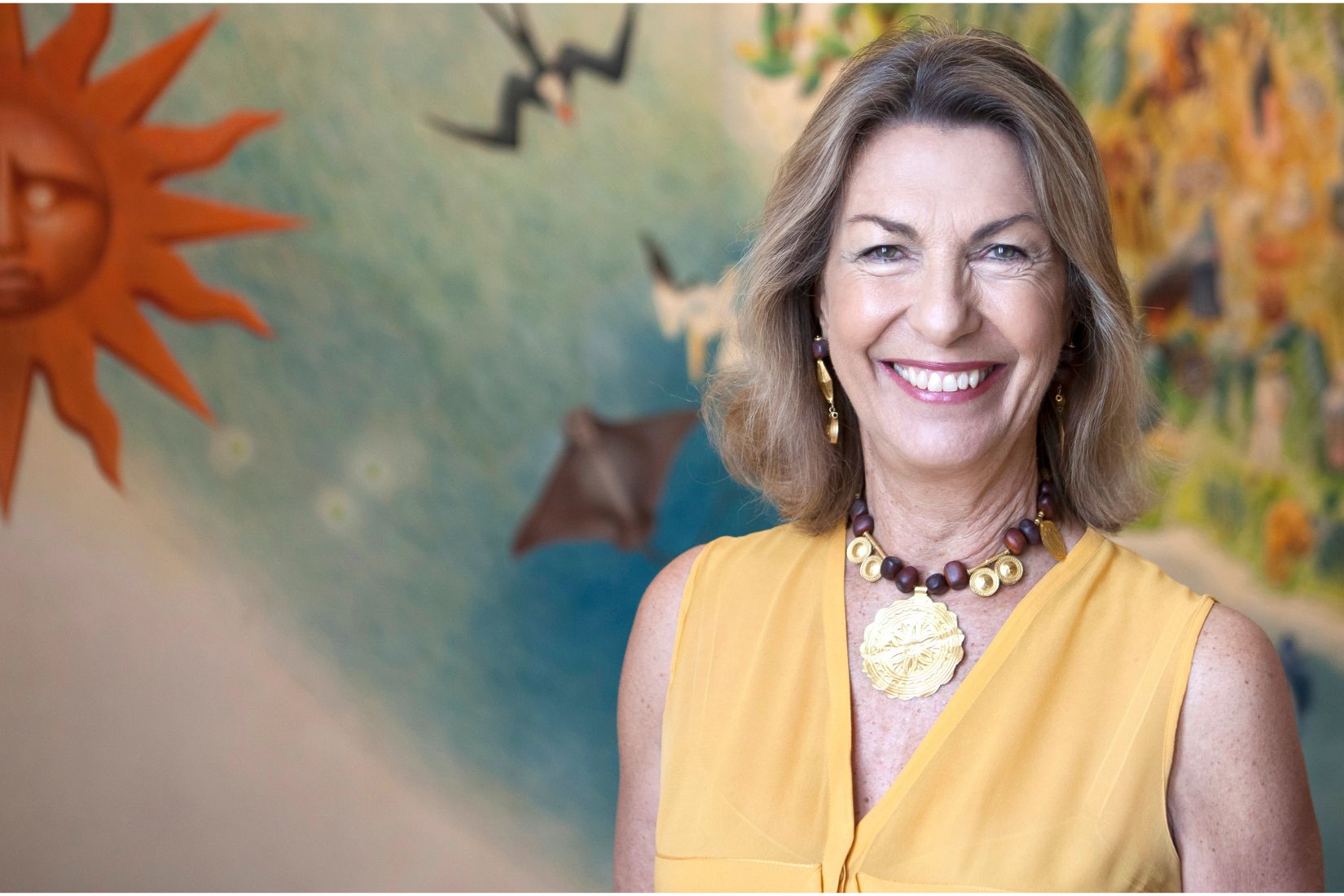
By Simone Demou
Mexican folk art, one of the best in the world, is finally getting its due. Marie Thérèse Hermand de Arango, the founder, Patrona de los Artesanos de Mexico and President for Life of El Museo de Arte Popular (MAP), is the person most responsible for the belated discovery of this incomparable art. Thanks to her and the many concerned and interested people she brought together, led, and worked with, this art is now starting to command the value it warrants. Credit is finally being bestowed on, according to the National Institute of Statistics & Geography’s estimate, the over 12 million artisans, some 10% of the Mexican population’s full and part time craftsmen and women using their hands to make these colorful, luminous, imaginative, intricate, fantastical creations. They run the gamut from the practical to the purely decorative, the quotidian to the spiritual, devotional, and religious. And very importantly, the formerly unknown artisans now have names.
And why has it required centuries for this inventive product of Mexican culture to be deservedly appreciated and prized? Often it takes a foreigner, an outsider, someone with a fresh, objective point of view to see what has been hiding in plain sight. Marie Thérèse was the embodiment of this trigger. Her story has been told many times over. How at 15 she fled Egypt with her Egyptian mother and Belgian father to escape Nasser’s oppressive regime, forced to leave their property behind. How they landed in Mexico after a two year stay in New York. And how she dates this propitious move as marking her immediate attraction to and love for Mexican artisanal art. Coming from one ancient pyramid civilization to another, it is surprising that these similar still astounding monuments to the powerful did not attract her as did the skill and talent of the general population making objects to delight themselves and their peers.
What Marie Thérèse has done for the recognition, promotion and preservation of Mexican folk art is impossible to measure. There is a before and after her involvement in El Museo de Arte Popular. The before is a sad story of neglect. The after is a brilliantly executed effort in establishing and making this jewel of a museum a world class showcase for Mexican treasures. Incredibly Mexicans themselves failed to pay their folk art much heed until Marie Thérèse, together with her group of friends, connections, and interested parties succeeded in finally putting this gorgeous art on the radar screens of wealthy patrons. First and foremost among them, her husband and her brothers-in-law. She donated part of her personal collection to MAP while others came forth and generously donated theirs, primarily Alfonso Romo and Carlota Mapeli. Twenty-one years ago, two buildings were offered by government officials for the museum. Marie Thérèse chose the iconic Art Deco former fire station to house and display these wonders and after six years of negotiations with the City and Federal governments, the project finally became a reality.
Founded in 2006, MAP is the most important institution representing Mexican artisanal art. There are pieces from all 31 states and the Federal District of Mexico. The building’s four levels are divided into exhibitions of the roots of Mexican art, of popular art, of the quotidian, and of the religious and fantastic/magical. There is a library, an archive and research center. On weekends, children six to twelve years old can enlist in craft workshops. The shop on the ground floor, one of the four MAP owns, is full of enchanting gift items from toys, lacquer boxes and baskets to the famous Vochol. The Vochol is a Volkswagen Beetle from 2010 covered in over 2 million beads, the result of eight Huichol artists working for over 9000 hours. It toured around the globe, including the Smithsonian and over 1000 of them, all unique, have been sold. MAP makes no profit from its stores; proceeds of sales go to the artisans.
MAP originated and is the sponsor of the yearly Día de los Muertos Noche de Alebrijes parade, moving from the Zocalo to the Angel de Independencia, where over 100 floats of gigantic newly created alebrijes from Mexico City, Oaxaca and other states compete for prizes. It attracts millions of spectators and has brought alebrijes many fans. Alebrijes were a big hit in France and Belgium where MAP had organized expositions. Last year the huge enthusiastic crowds that came to New York City’s Rockefeller Center to see the two on display from Oaxaca were totally unexpected, resulting in an extension of their stay at the UN Plaza. And recently we notice developers in Mexico conspicuously placing these eye catching marvels to distinguish their buildings.
When Marie Thérèse is asked what her reward has been for all that she has done to create MAP and her never ending work for the museum, for her enormous contribution to the preservation and promotion of Mexican culture. Her answer is that she has received much more in return. In coming to Mexico, she gained a country she loves, a family, friends and the opportunity to give back.

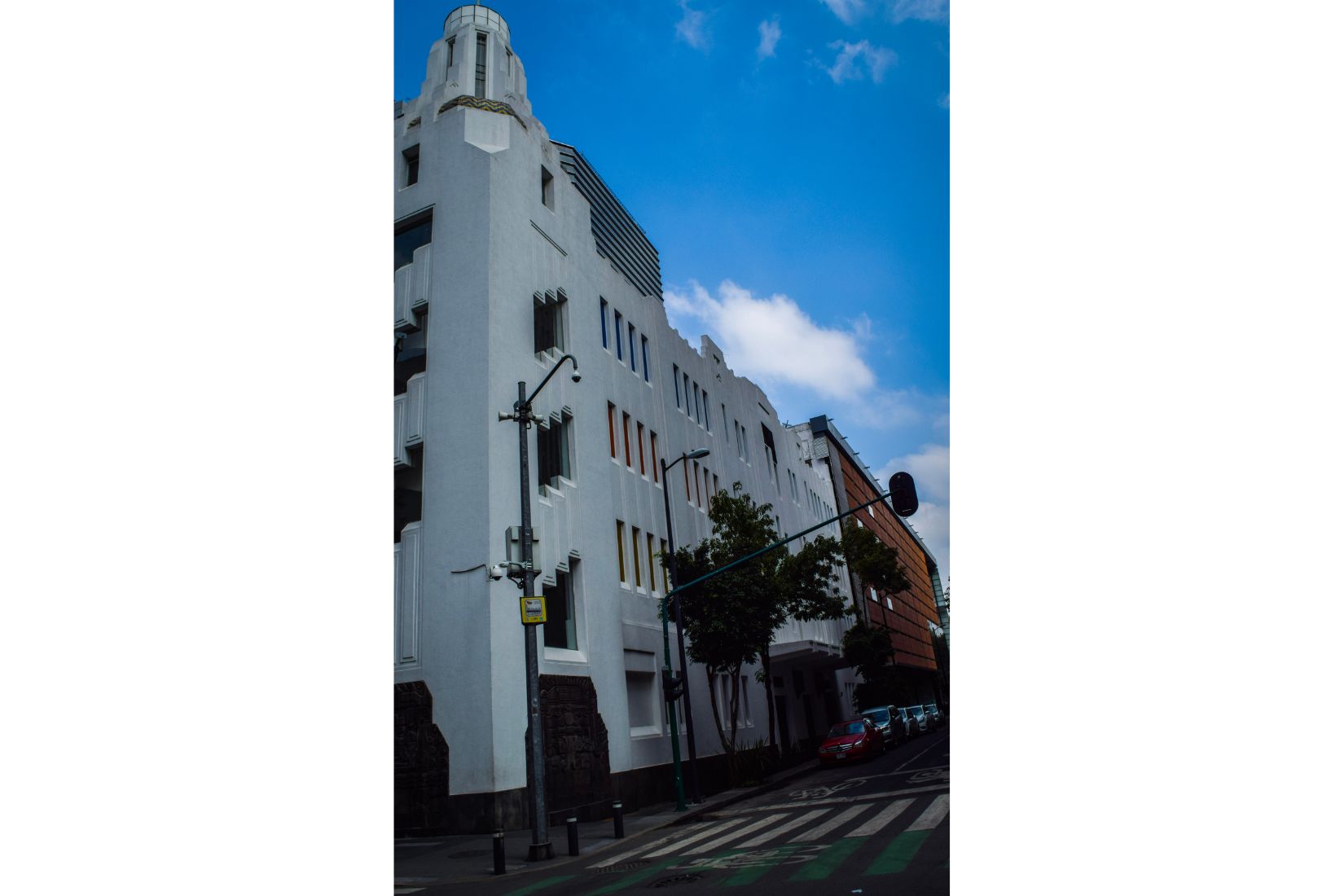
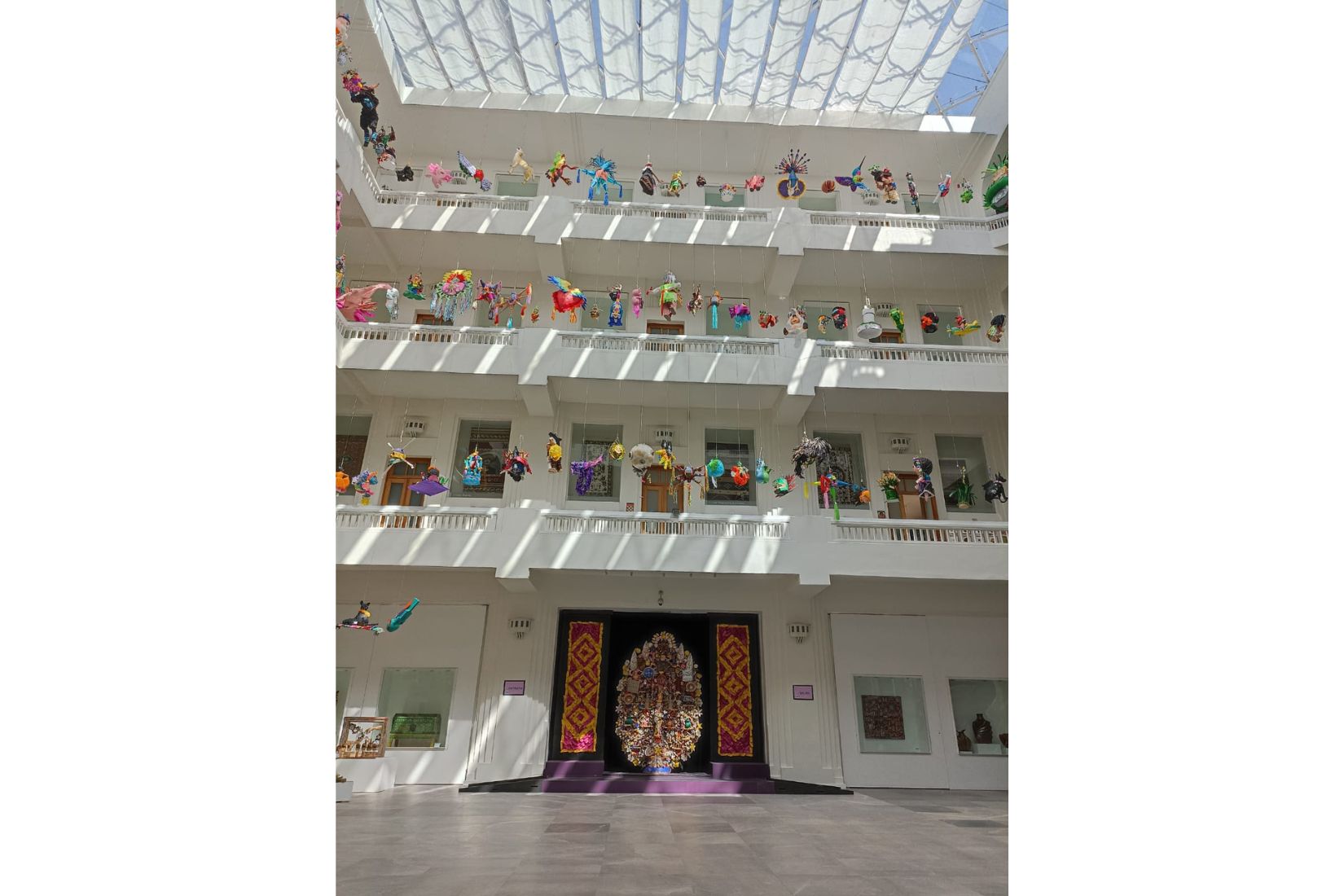
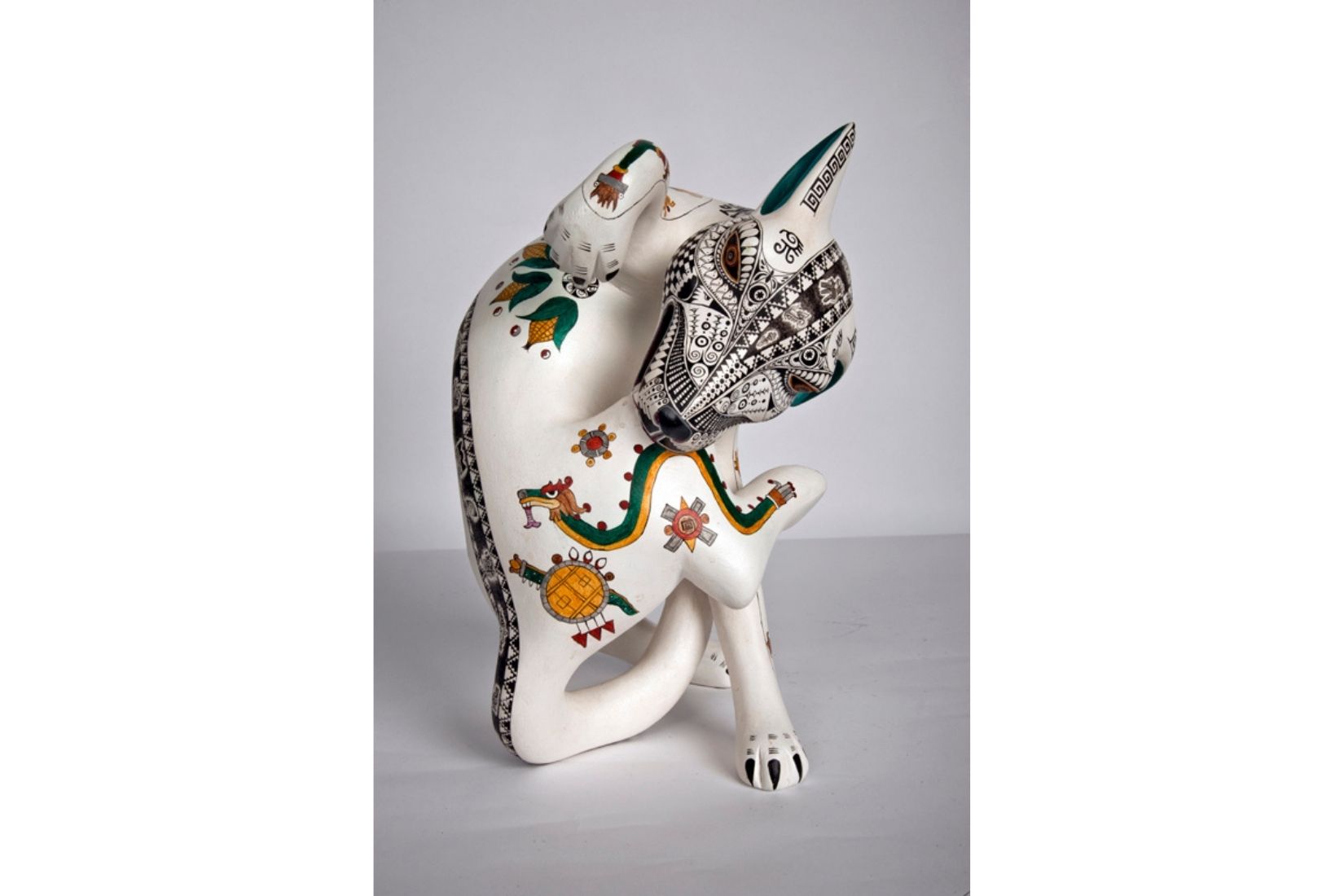
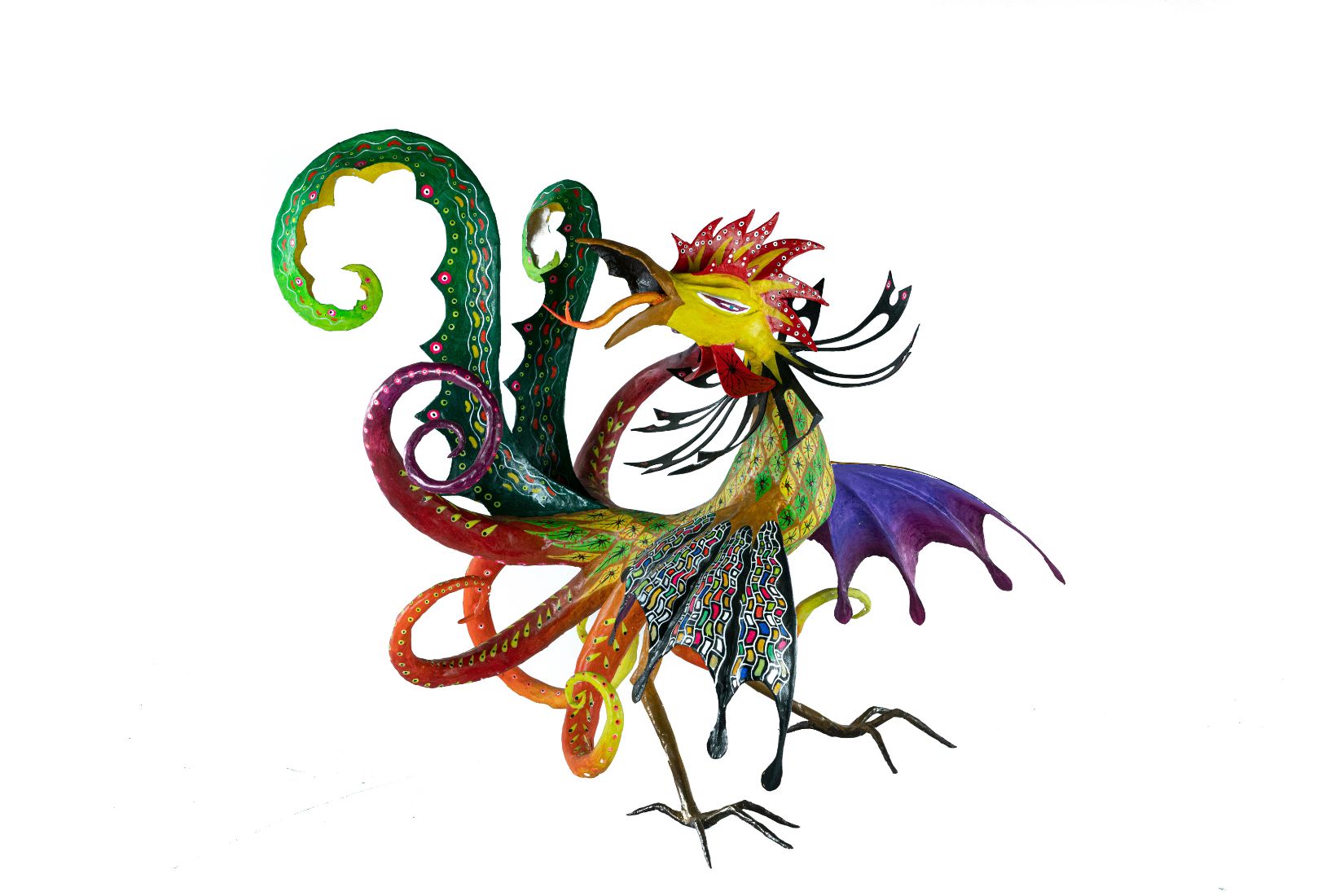
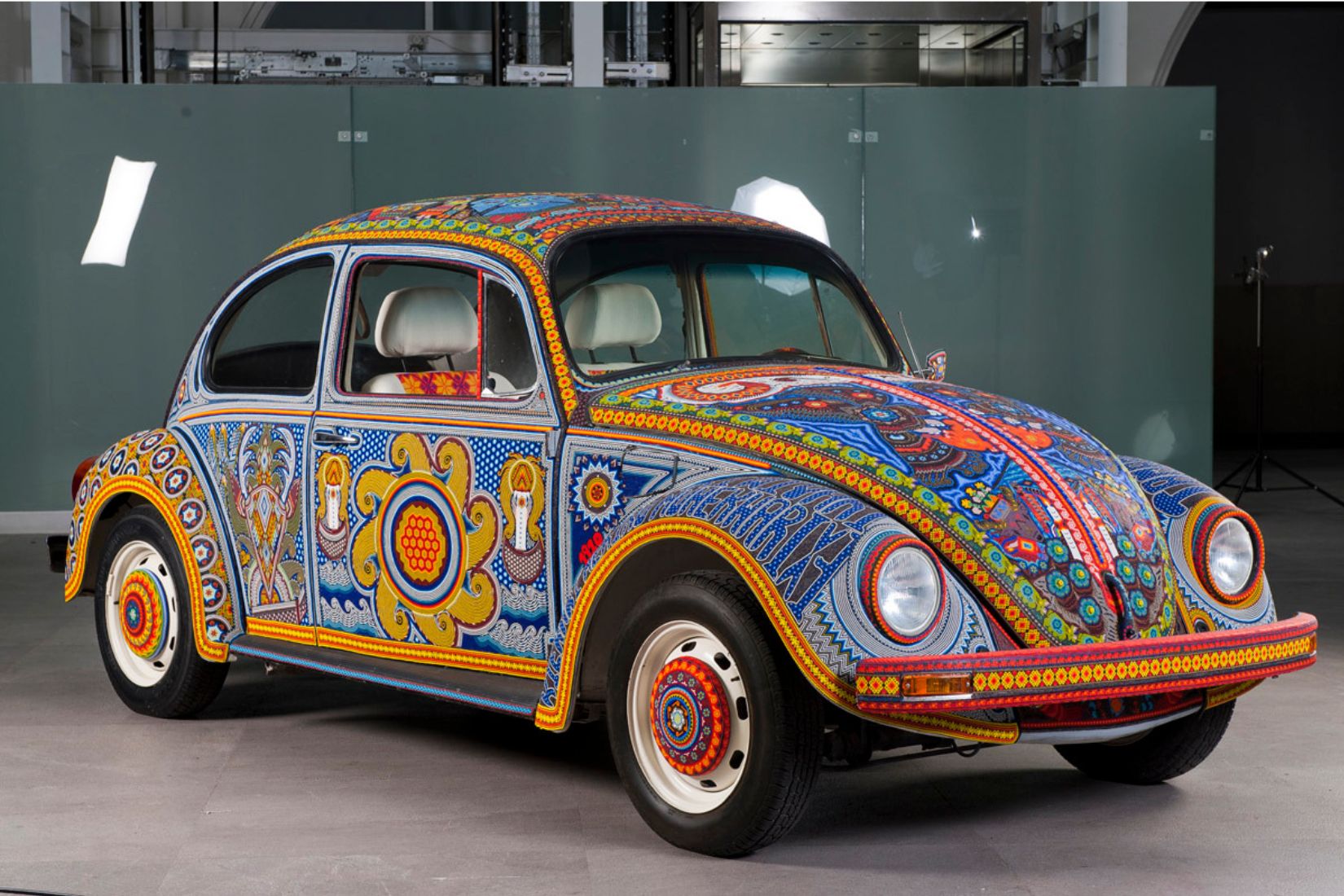
No hay comentarios